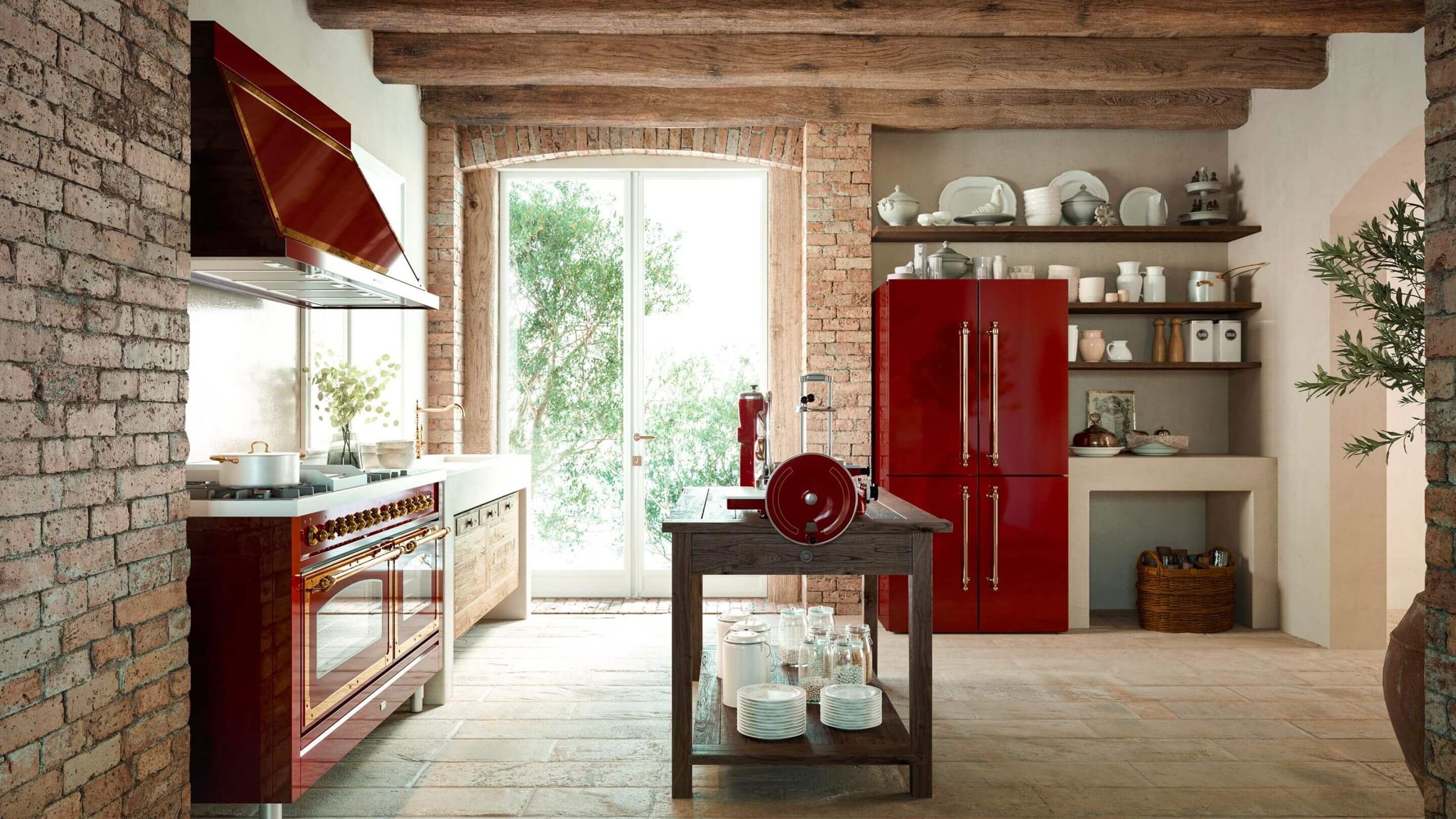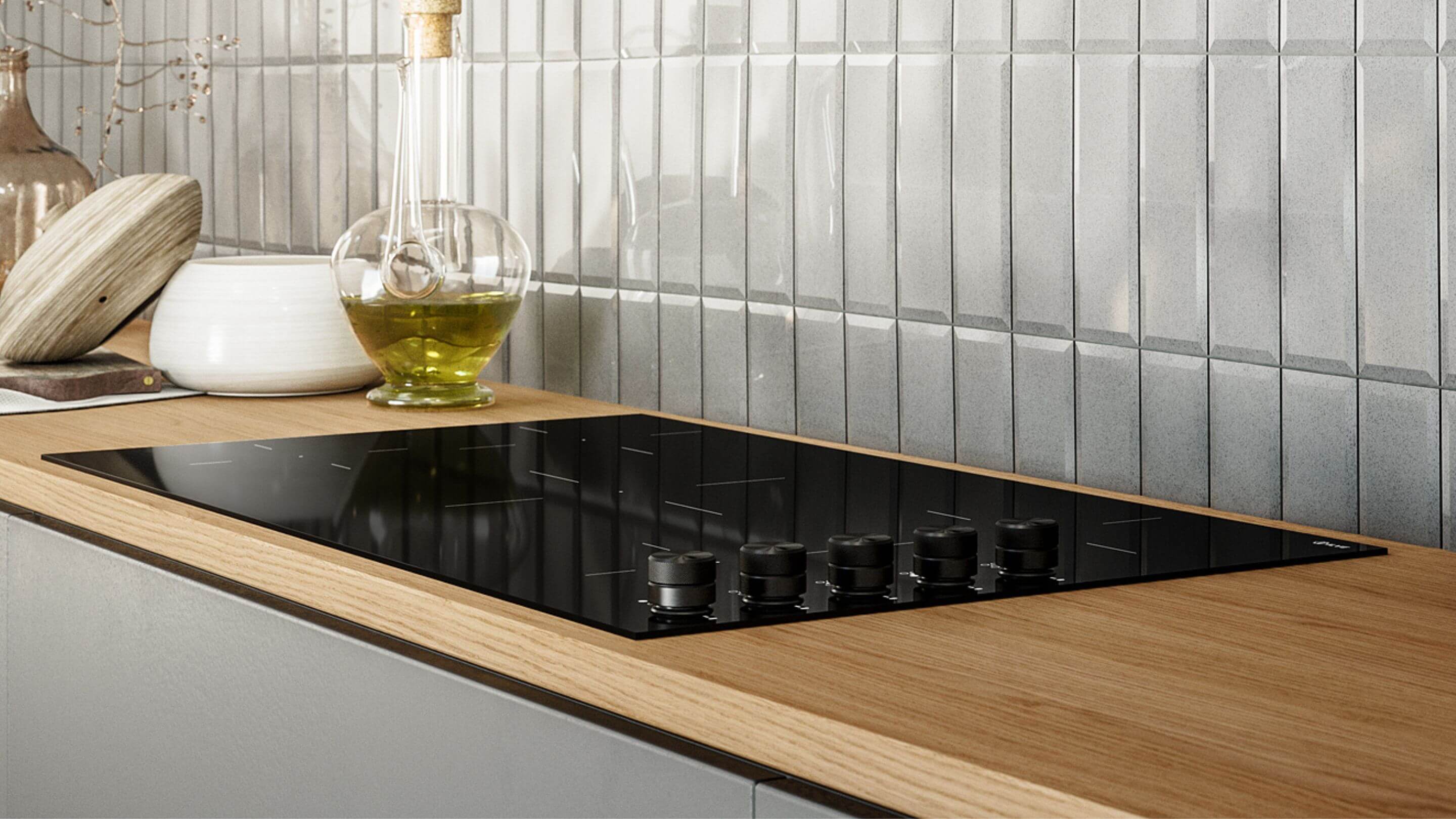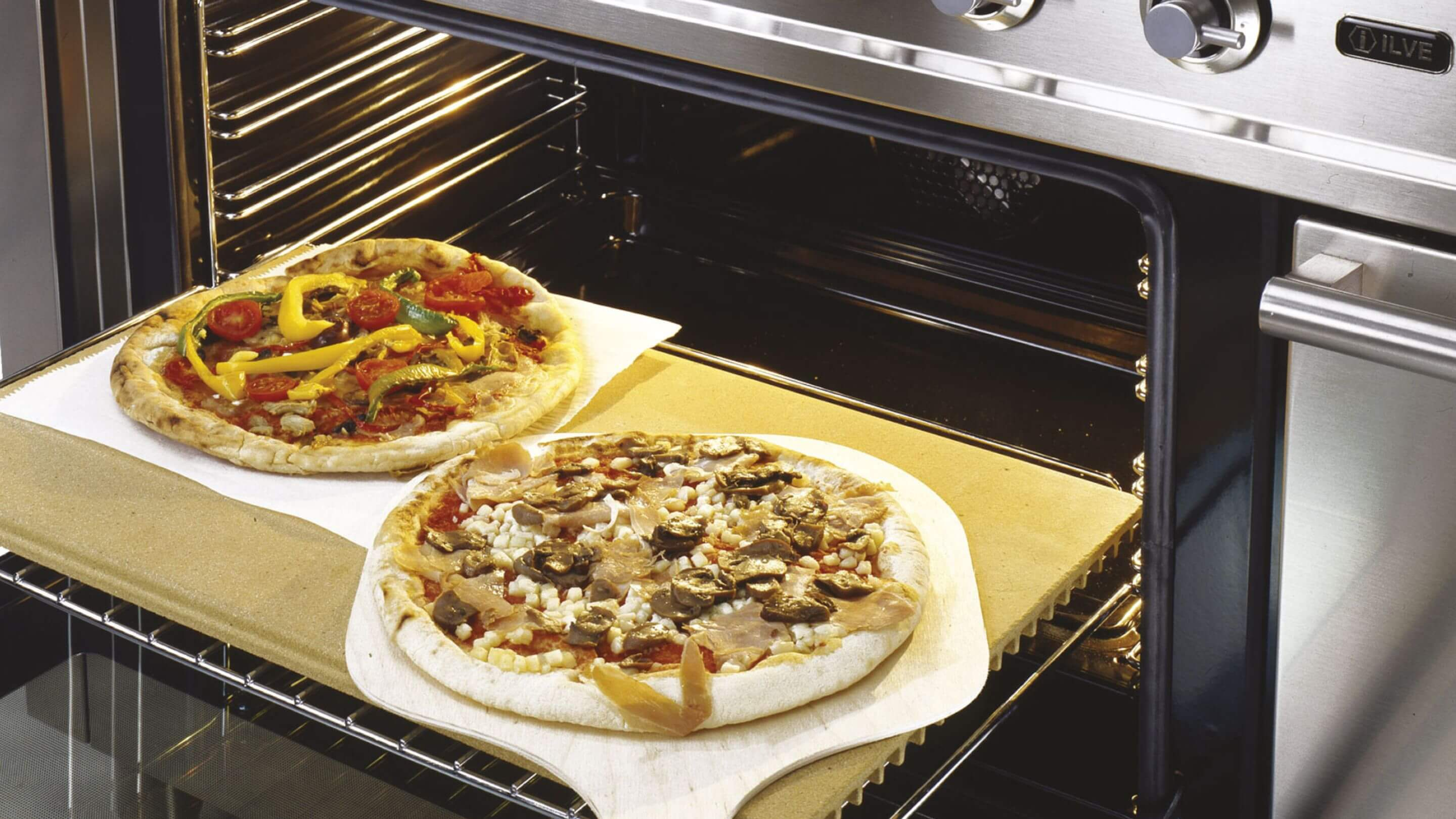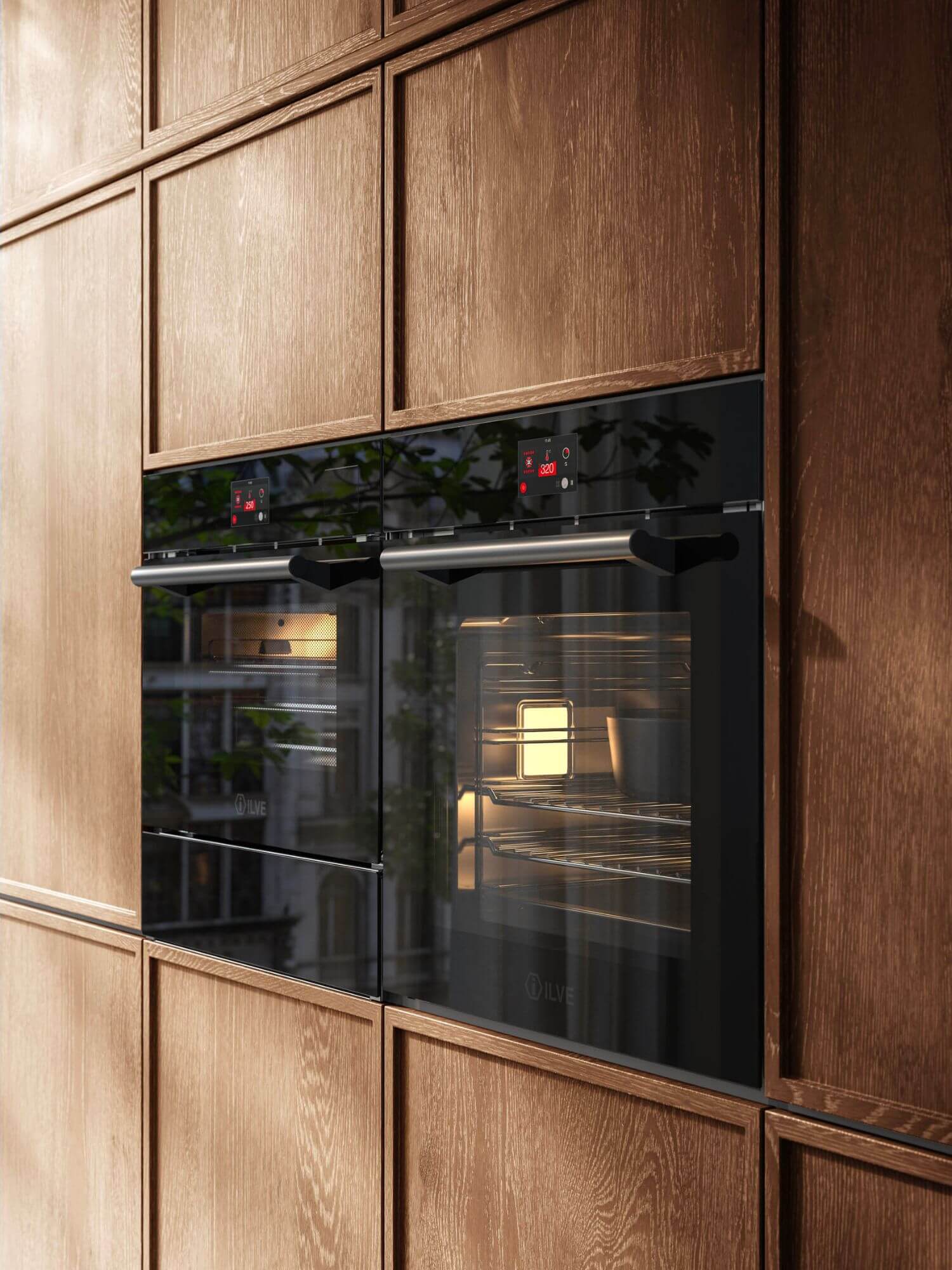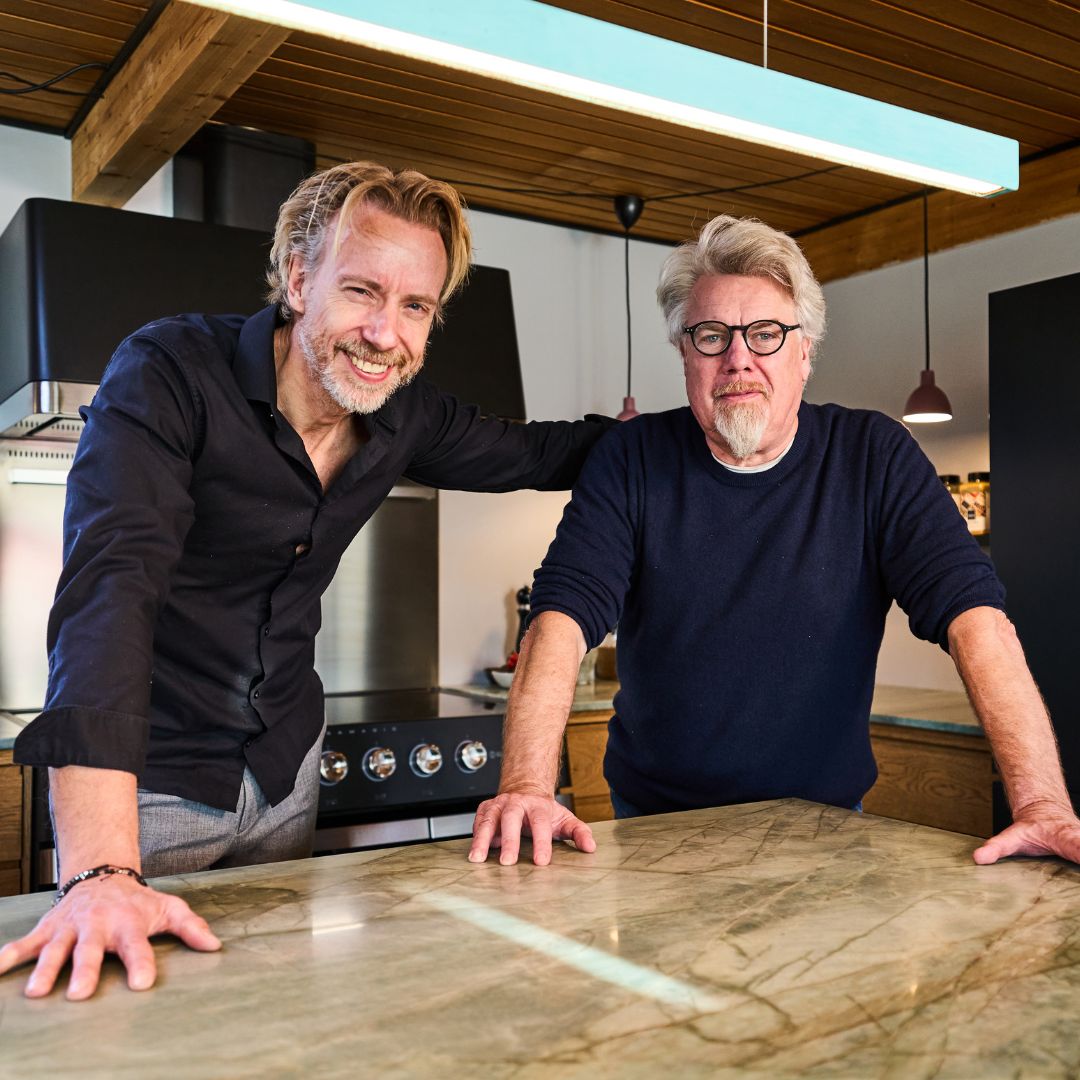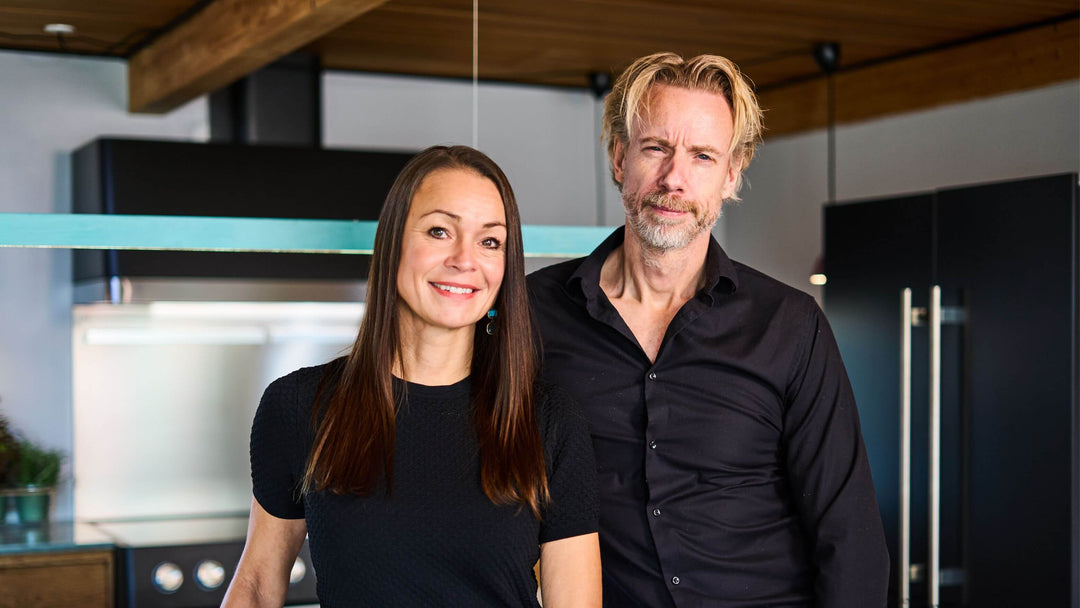Radicchio from Treviso: the delicacy of winter
Radicchio from Treviso: The winter flower
Delicious and healthy, radicchio from Treviso is an iconic product that is worth discovering and trying in every way, just as Ruth and Andrea have taught us.



Rich in vitamins, antioxidants and fibre, crunchy and with its characteristic deep red colour with white stripes, radicchio from Treviso is a star of Italian cuisine. Called the “winter flower”, this precious chicory is a delicacy that brings colour to our tables in various versions and recipes: as it is, to appreciate its texture and flavour, somewhere between sweet and slightly bitter, as the main ingredient in risottos and pastas, cooked with meat and other vegetables, preserved in oil or to flavour beer.
Of the two varieties, early and late, the later is the most sought after, but also the most difficult to grow, especially due to the long time frames. In order to observe the genetic traits of the vegetable, the entire process actually lasts two years: it starts with collecting the seeds from the flowers of the best plants from the previous year, sowing in May, transferring the small plants in August, harvesting after the two frost nights at the end of November, which ends with the “bleaching” process. 90% of the harvest is manual work, as is the cutting of roots and leaves, preparation and placing in water.

Radicchio from Treviso contains substances not found in other types of chicory: during the twenty days that the roots are in spring water, they are enriched with minerals and absorb them to generate a new shoot that develops organoleptic and healthy properties.
How does such a fascinating process happen? When the roots are in contact with water at a constant temperature of about 14 degrees, in the dark, they will grow roots once more, cover them with small white radicchio plants and develop a new shoot inside the bundle: therefore, the part we eat is not what grew in the field, but something that grew afterwards. Richer, sweeter, cleaner.
A bit of history: from stall to source

There are several versions of the origin of the Radicchio from Treviso, as is often the case when discussing the history of a famous delicacy. One of the most credible stories dates back to 1860 and involves the Belgian Francesco Van den Borre, a specialist in creating parks and gardens: it is said that, while in the Treviso area, which is full of springs (water at the same temperature all year round), he tried to apply the bleaching method used on Belgian chicory to the radicchio plants in the field. Initially, the places chosen were outside the stalls, areas that were dark and warm due to the animals and where there was plenty of kitchen manure; later the technique was refined, taking advantage of the presence of springs.
Already at the beginning of the 20th century, the “precious chicory” was sent to the capitals of Germany and Austria, and it was precisely in 1900 that Giuseppe Benzi, a Lombard agronomist and head of the Associazione Agraria Trevigiana (Treviso Agricultural Association), inaugurated the first exhibition of radicchio under the Loggia in Piazza dei Signori. More recently, the Treviso area, which includes 24 municipalities with springs originating from the local area, was recognized in Europe as a Protected Geographical Origin (PGI).
Zolla 14: biodynamic farming as a lifestyle
 Eleven hectares cultivated for vegetables, fruit, cereals and alfalfa, for a project that puts respect for nature and the universe as the highest priority: Zolla 14, in Pezzan di Carbonera, is a farm, but most of all, a world to discover. For Marisa, owner of the farm and an artist with a great awareness, biodynamic farming is a lifestyle that involves people, nature, the earth and the cosmos. Respecting nature does not mean disturbing it with substances other than those that surround it and nourish it: the medicinal herbs found on the company's territory, for example, are the same ones that Zolla 14 processes in the biodynamic maceration, to put back into the soil and strengthen it, like Preparation 500.
Eleven hectares cultivated for vegetables, fruit, cereals and alfalfa, for a project that puts respect for nature and the universe as the highest priority: Zolla 14, in Pezzan di Carbonera, is a farm, but most of all, a world to discover. For Marisa, owner of the farm and an artist with a great awareness, biodynamic farming is a lifestyle that involves people, nature, the earth and the cosmos. Respecting nature does not mean disturbing it with substances other than those that surround it and nourish it: the medicinal herbs found on the company's territory, for example, are the same ones that Zolla 14 processes in the biodynamic maceration, to put back into the soil and strengthen it, like Preparation 500.
Marisa's approach is minimal and almost sensual, but her vision is very clear and long-term: in this project, everything that her parents had built has been appreciated and developed, to create excellent products and attract the attention of a different type of audience. The Late Red Radicchio from Treviso PGI grown on the farm is a true gem, the result of long and flawless work and the protagonist of experiments and adaptations, just like the one that created the flavored double malt beer: an elixir that Ruth and Andrea absolutely recommend.



